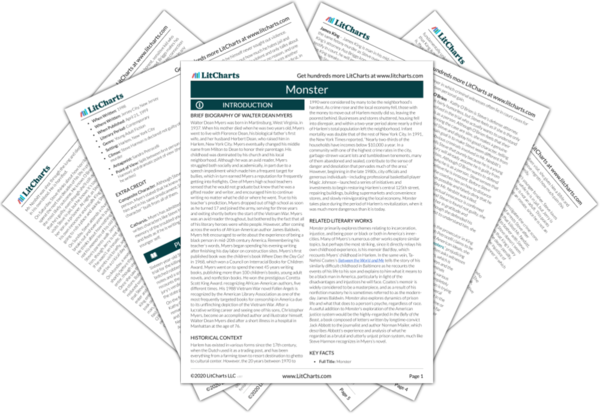Despite Petrocelli’s character flaws, manipulation, and self-interest, her claim that Steve made a “moral decision” does make a critical point: regardless of whether the reader feels that Steve does or does not deserve the sentence Petrocelli is trying to pin him with, he did make the decision to go along with King, and thus should bear the burden of conscience for Mr. Nesbitt’s death to some degree, even if it is not truly his fault. Even if he is not guilty of what the prosecution says he is, neither does he seem totally innocent.
